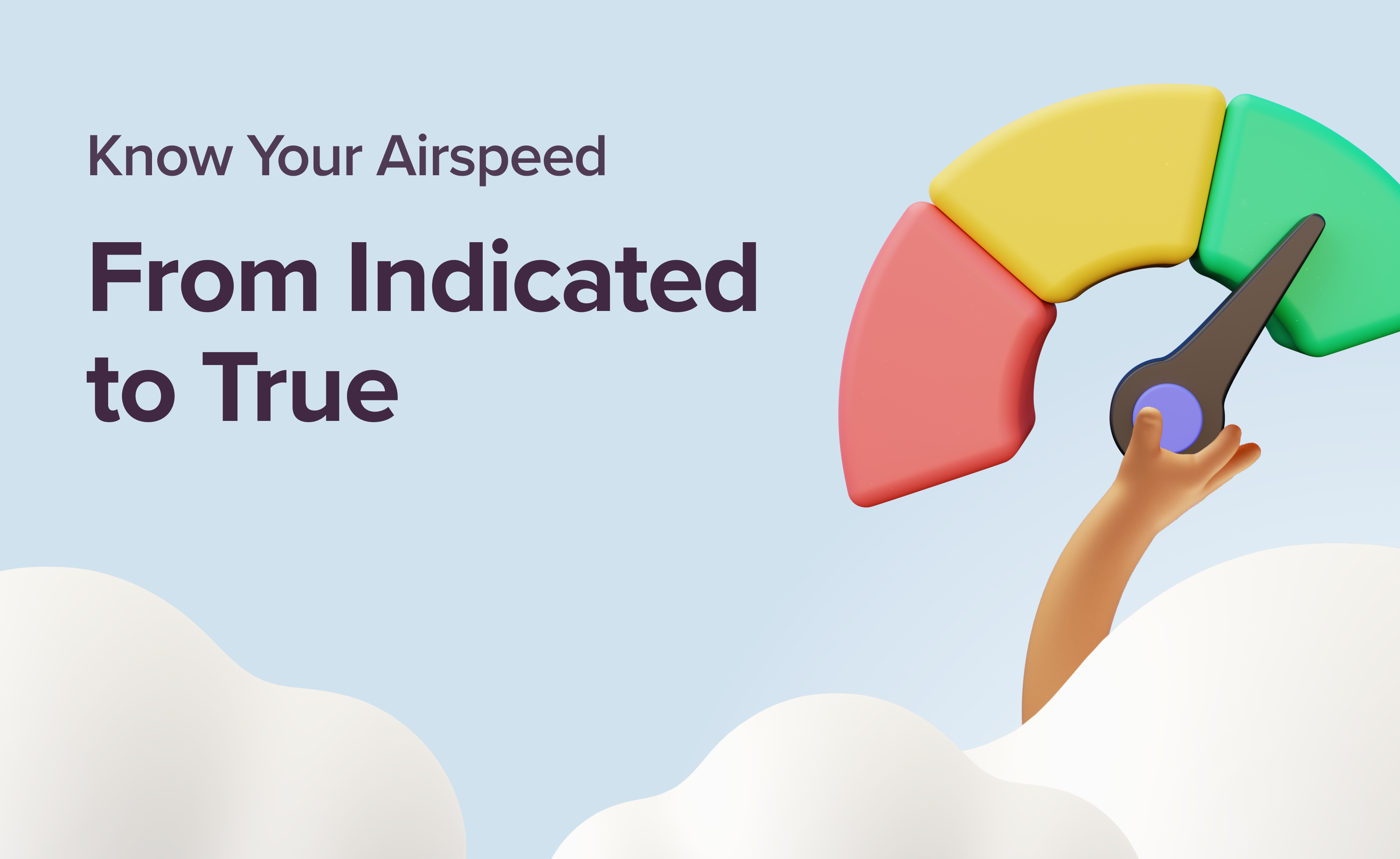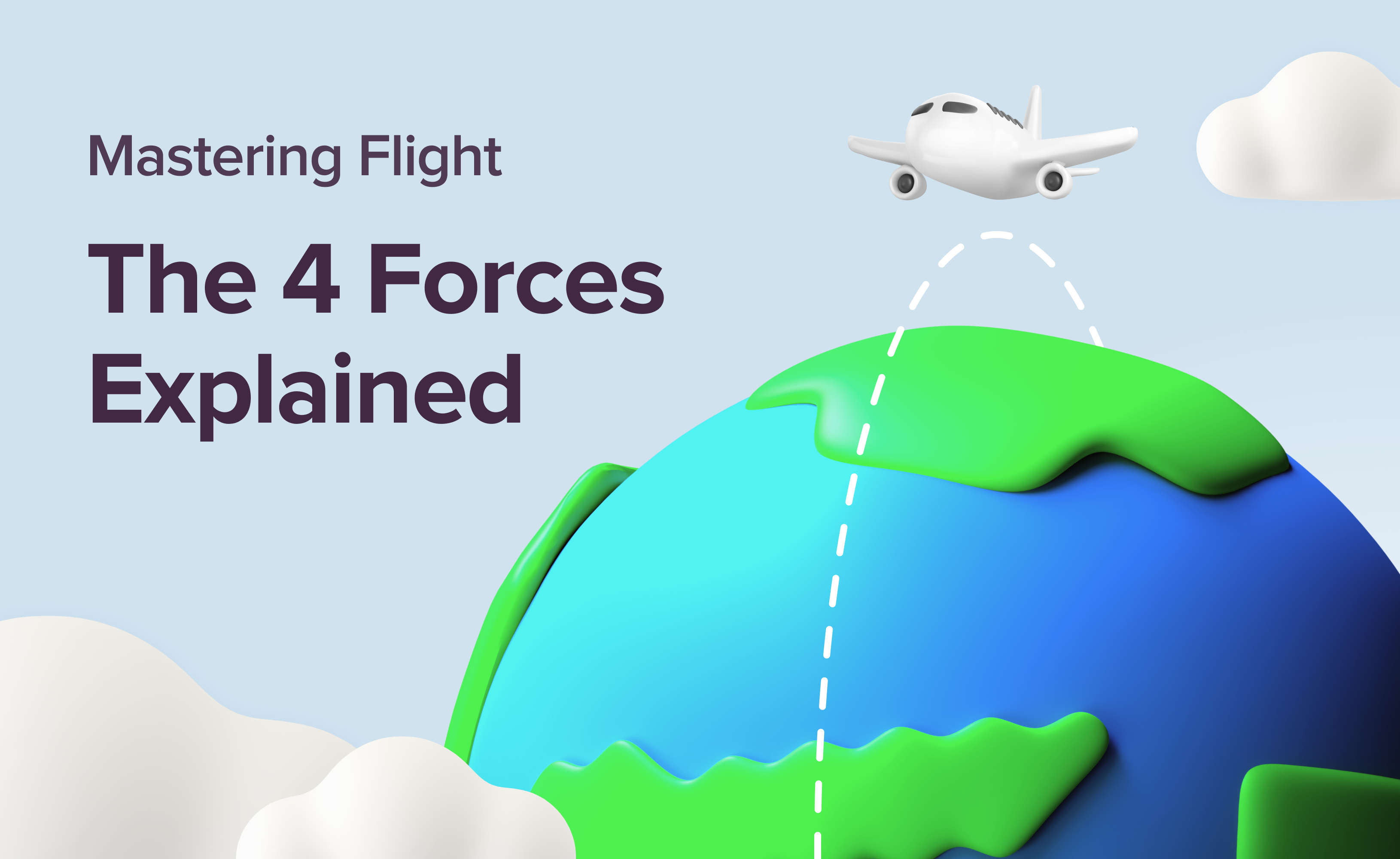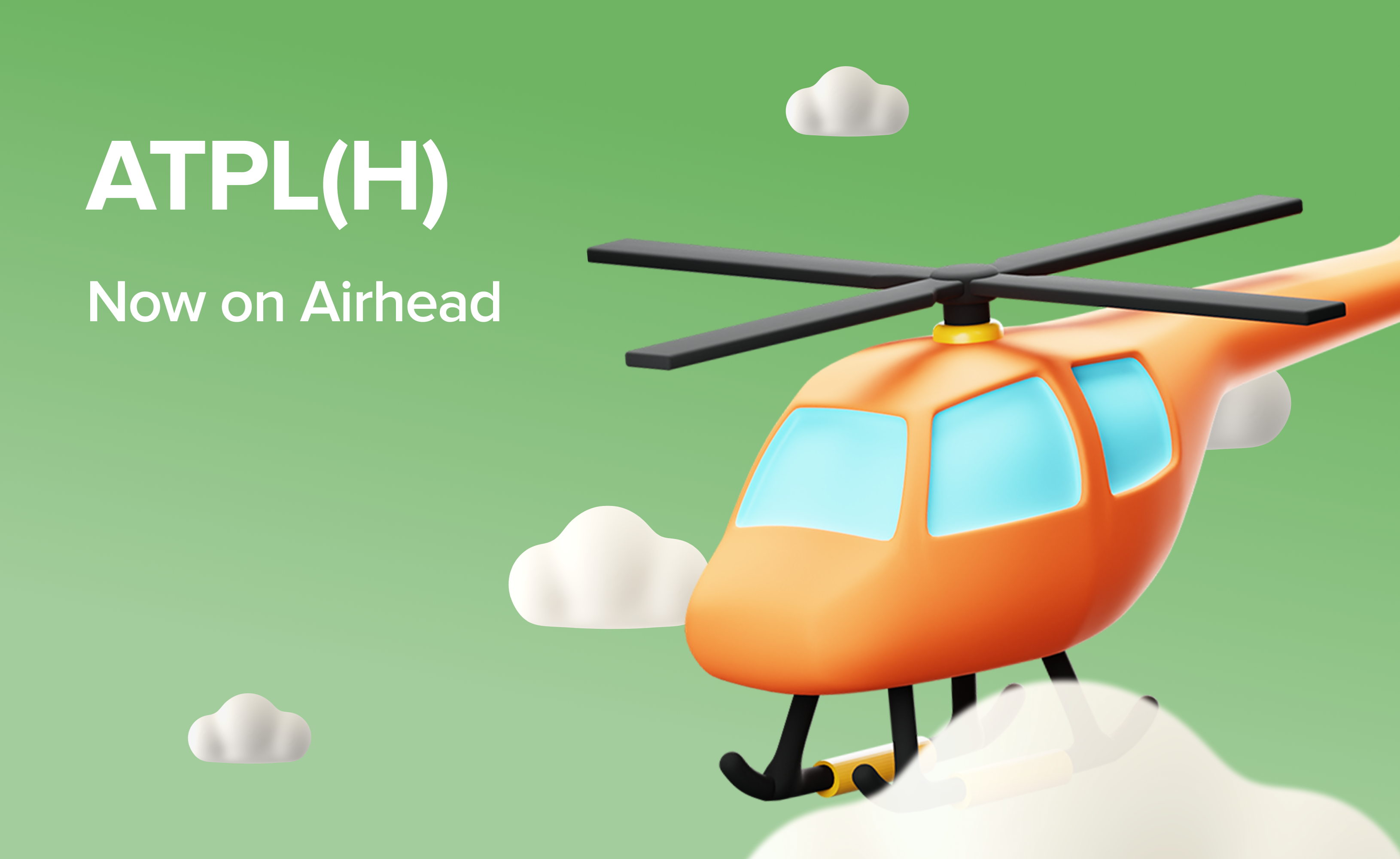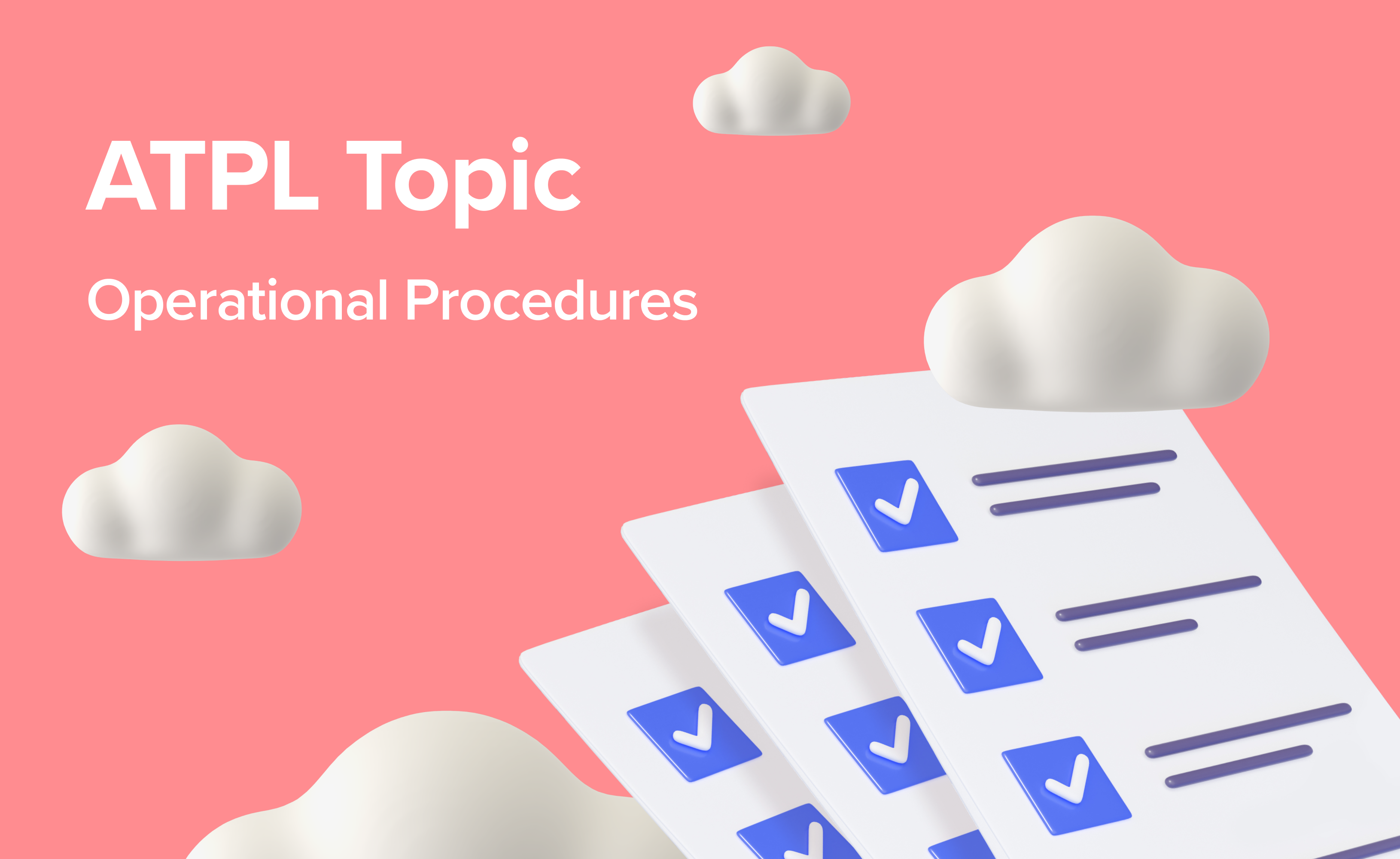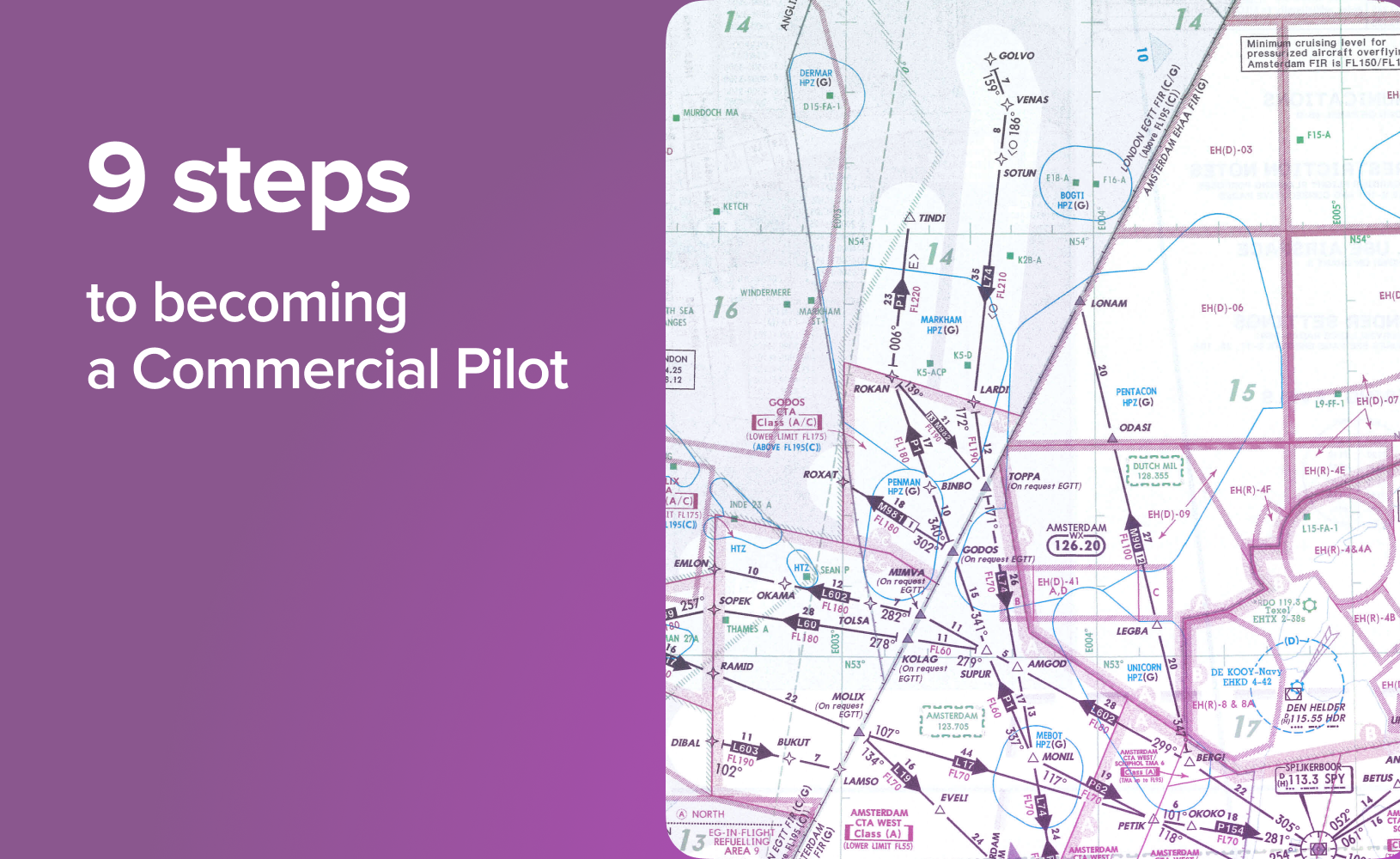Master the METAR: Your Key to Aviation Weather Code
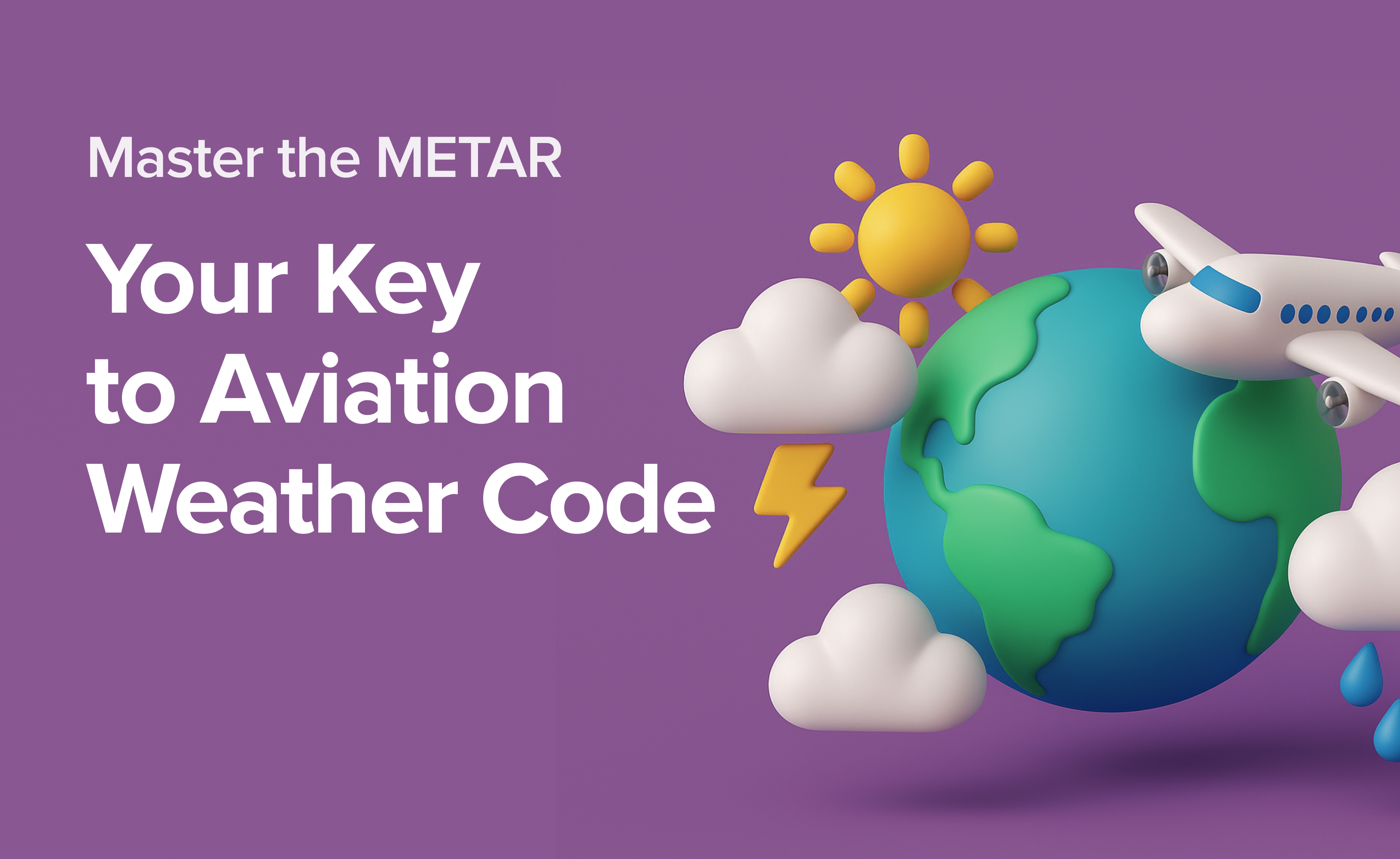
Learning how to read a METAR can feel overwhelming at first. But once you understand the structure, it’s like unlocking a universal weather language spoken by pilots worldwide. In this guide, we’ll break METARs down step by step, show you how to spot the important details, and walk through real-world examples.
By the end, you’ll be reading fog, visibility, and runway conditions like second nature — a skill that will serve you both in training and in the cockpit.
What Is a METAR, and Why Does It Matter?
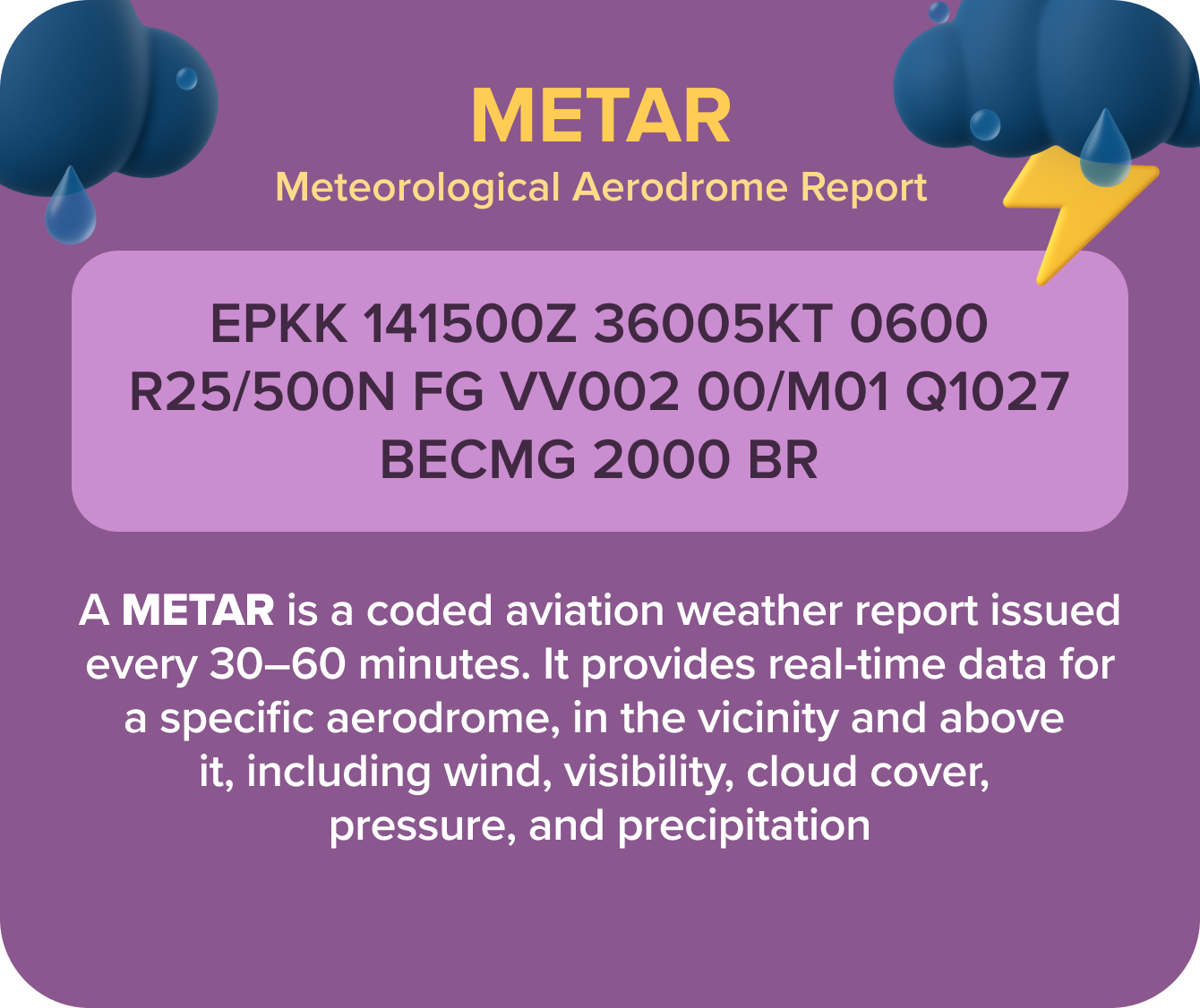
A METAR, short for Meteorological Aerodrome Report, is the aviation world’s shorthand for real-time weather. Issued every 30–60 minutes by airports worldwide, it gives pilots a concise snapshot of the conditions at the airfield right now.
Each report follows a standard ICAO-coded format, so no matter where you are in the world, you can read it the same way. This consistency makes METARs one of the most valuable tools for situational awareness, both before departure and during arrival.
Think of it as the present tense of aviation weather: what you see in a METAR is what’s happening at the aerodrome at the moment of observation. For flight planning, this means you’re working with the most reliable, up-to-date information available.
Explore key subtopics & core concepts of the Meteorology ATPL Syllabus
Anatomy of a METAR Report
A METAR usually looks something like this:
METAR EPKK 141500Z 36005KT 0600 R25/500N FG VV002 00/M01 Q1027 BECMG 2000 BR
METARs don’t come with pictures, and some vital details hide in plain sight. Don’t try to swallow a METAR whole. Break it into bite-sized chunks instead. Each chunk is a compact weather fact — wind, visibility, clouds, trends — packed into one line.
Let’s ‘chop’ the above METAR into its component parts:
METAR — the report type. METAR is routine; SPECI means a special update.
EPKK — ICAO aerodrome identifier for Kraków John Paul II International Airport. Four letters, universal format.
141500Z — day of current month 14 and time 1500 UTC (Zulu). Always UTC.
36005KT — true wind from 360° (true) at speed 5 knots.
0600 — horizontal visibility in metres.
R25/500N — Runway Visual Range (RVR) for Runway 25: 500 metres; N = no significant change.
FG — present weather (fog).
VV002 — vertical visibility 200 feet. Used when the surface is obscured.
00/M01 — temperature 0°C, dew point −1°C (M = minus).
Q1027 — pressure is 1027 hectopascals. (US reports may use A = inches Hg.)
BECMG 2000 BR — trend group. BECMG = becoming; visibility expected 2000 m, fog changing to mist (BR).
Exam tip: watch units. Visibility in metres, wind in knots, time in UTC.
Make informed decisions and interpret complex weather. Read our essential beginner's guide to aviation forecasting: Weather Whiz: New Pilot's Guide to Forecasting.

How Do You Read a METAR?
Once you’ve had a quick glance, check out our detailed METAR step-by-step breakdown below.
1. The ICAO Designator — EPKK
Every METAR starts with a four-letter ICAO code identifying the reporting aerodrome. In this example, EPKK = Kraków Airport (Poland).
Airports within the same city or region may report very different conditions. For flight planning and alternates, always double-check the correct ICAO designator.
Every destination, from London to Patagonia, has a code. Discover the simple logic behind the little letters in our blog: Beyond the Letters: Cracking the Airport Codes.
2. Date and Time — 141500Z
Weather can change quickly. Pilots need to know whether they’re looking at a current report or something outdated. This block has two parts:
14 → the day of the month.
1500Z → the time of observation in UTC (Zulu).
Discover what Zulu time is, why it's the unchanging standard for pilots worldwide, and learn simple ways to calculate it yourself. Read our blog: “Clock That Never Changes.”
Exam tip: ATPL questions often test the difference between METARs and TAFs. A TAF (Terminal Aerodrome Forecast) tells you what the weather is expected to do, while a METAR shows you what it’s doing right now. Keeping that distinction clear can save you easy marks in the exam.

3. Wind Information — 36005KT
The wind block provides direction and speed.
360 = wind direction, in degrees true.
05KT = wind speed in knots.
The first three digits indicate the direction the wind is coming from, given in degrees true (not magnetic). Pilots must account for local magnetic variation.
The final two digits represent the wind speed, reported in knots (KT). Gusts are reported with G (e.g., 18G25KT).
Wind is crucial for landing safety and performance. Pilots prefer landing into a headwind to maximize control and minimize ground roll; they tolerate crosswinds but avoid significant tailwinds, which drastically increase the required runway length.
By knowing the wind report, you can accurately predict the active runway (which is typically numbered to align with the general wind direction). Crucially, this data allows you to plan early diversions if crosswinds or tailwinds exceed safe operating limits for you or your aircraft.
From immersive flight simulators to real-time weather insights, these tools are indispensable for aspiring pilots. Discover 14 essential apps designed to elevate your learning experience.
4. Visibility — 0600
This block shows horizontal visibility in meters. Here: 600 m.
Visibility is always given in a four figure group: e.g. 500 metres is given as 0500.
Forecast visibilities of 10 kilometres or more are given as 9999.
Exam tip: Know minimum visibilities for different approach categories.
Our guide, See and Be Seen: Rules for Safe VFR Flying, breaks down the essential VFR rules you must know for confident piloting.
5. Runway Visual Range (RVR) — R25/500N
RVR is critical for determining landing minima. ICAO minima rules are tested in radio navigation and operations papers.
In this example:
R25 = Runway 25.
500N = runway visual range 500 m, “N” = no significant change.
Other possible endings: U = upward trend. D = downward trend.
6. Present Weather — FG
Weather phenomena are coded using two-letter abbreviations.
In this example: FG = fog.
This section can seem complex. In addition to the types of precipitation, you'll often encounter a 'descriptor' that precedes them. These descriptors add important detail, providing a more complete picture of the weather conditions. Below, you'll find an alphabetical list of NOTAM precipitation and weather codes and their meanings.
NOTAM CODE | Meaning |
“-“ | Light |
“+” | Heavy |
FC | Funnel Cloud (“+” means Tornado) |
BC | Patches |
BL | Blowing |
BR | Mist |
DR | Drifting |
DS | Dust Storm |
DU | Dust |
DZ | Drizzle |
FG | Fog |
FU | Smoke |
FZ | Freezing |
GR | Hail stones |
GS | Snow pellets |
HZ | Haze |
IC | Ice crystals |
MI | Shallow |
PL | Ice pellets |
PO | Sand/Dust Devils |
PR | Partial |
PY | Spray |
RA | Rain |
SA | Sand |
SG | Snow grains |
SH | Showers |
SN | Snow |
SQ | Squalls |
SS | Sand storms |
TS | Thunderstorms |
VA | Volcanic Ash |
VC | Nearby or in the vicinity |
Type and intensity of precipitation strongly impact flight operations. Thunderstorms, icing conditions, and low visibility phenomena can all ground flights.
Exam tip: You’ll see combinations like +TSRA (heavy thunderstorm with rain) or FZFG (freezing fog). Be ready to decode.
Flying through fog demands knowledge. Our Pilot's Guide details the 6 Common Fog Types crucial for safe operations under both Visual and Instrument Flight Rules.

7. Cloud Coverage — VV002
The cloud cover section of a METAR can be extensive or sometimes entirely absent. Each distinct cloud layer is reported in a single block with two parts:
A three-letter contraction that describes the amount of sky covered.
Numbers that indicate the altitude of the cloud base in hundreds of feet.
For instance, a METAR might report OVC100 (overcast at 1,000 ft) and BKN200 (broken cloud at 2,000 ft). In this METAR: VV002 = vertical visibility 200 ft (sky obscured, likely by fog).
Since the sky is vast, coverage is determined for the area directly above the aerodrome. Meteorologists use oktas — eight equal sections the sky is conceptually divided into — to grade how much of the sky is clear or covered.
Code | Oktas (coverage) | Meaning |
CLR | 0/8 | Clear sky |
FEW | 1–2/8 | Few clouds |
SCT | 3–4/8 | Scattered |
BKN | 5–7/8 | Broken |
OVC | 8/8 | Overcast |
VV | Sky obscured | Vertical visibility only |
Exam tip: Be prepared for questions on VFR minima and definitions of “ceiling.”
Can't tell a cirrus from a cumulus? This sky guide reveals 10 key cloud types every pilot should know.
8. Temperature and Dew Point — 00/M01
This section of the METAR gives two vital numbers in degrees Celsius, separated by a slash:
Outside Air Temperature (OAT): The temperature at the aerodrome. An "M" precedes temperatures below freezing.
Dew Point: The temperature at which water vapour in the air condenses, leading to cloud or fog formation.
In this example: 00 = temperature 0 °C. M01 = dew point –1 °C.
The difference between the OAT and the dew point (the "split") is crucial. The smaller this split, the higher the relative humidity and the more likely cloud or fog will form, resulting in a lower cloud base.
Why it matters: Temperature has significant effects on flight safety. Warm Outside Air Temperatures (OATs) reduce aircraft performance, while a small temperature/dew point split significantly increases the risk of carburetor icing.
9. Altimeter Setting — Q1027
The final piece of information in a METAR is the altimeter setting, marked by the letter “Q”. This is your cue that the number following it represents the sea-level pressure in hectopascals (hPa). In this example, Q1027 means the pressure at sea level is 1027 hPa.
When you dial this value into your altimeter while on the ground, the instrument should display the airfield elevation above mean sea level.
Why it matters: Your altimeter is the only instrument that tells you your true height in relation to the ground — get it wrong, and your separation from terrain or obstacles could be misjudged.
Air Traffic Control (ATC) will usually broadcast the local pressure setting frequently, but good airmanship means double-checking against nearby aerodromes using their METARs. This habit helps ensure accuracy, especially in areas where pressure can change quickly.
Exam tip: Exams may ask you to distinguish between QNH (sea level), QFE (field elevation), and QNE (standard).
10. Trend Group — BECMG 2000 BR
At the very end of a METAR, you may see a Trend Group. While the main body of the METAR shows the observed weather at the reporting time, the Trend Group offers a look ahead to near-future changes. This helps pilots anticipate evolving conditions right around arrival or departure, often more relevant than the longer TAF forecast.
BECMG means “becoming” – a gradual change expected within the reporting period.
2000 BR tells us visibility is improving to 2000 meters, but mist (BR) will still be present.
Other trend terms:
TEMPO = temporary fluctuations.
NOSIG = no significant change.
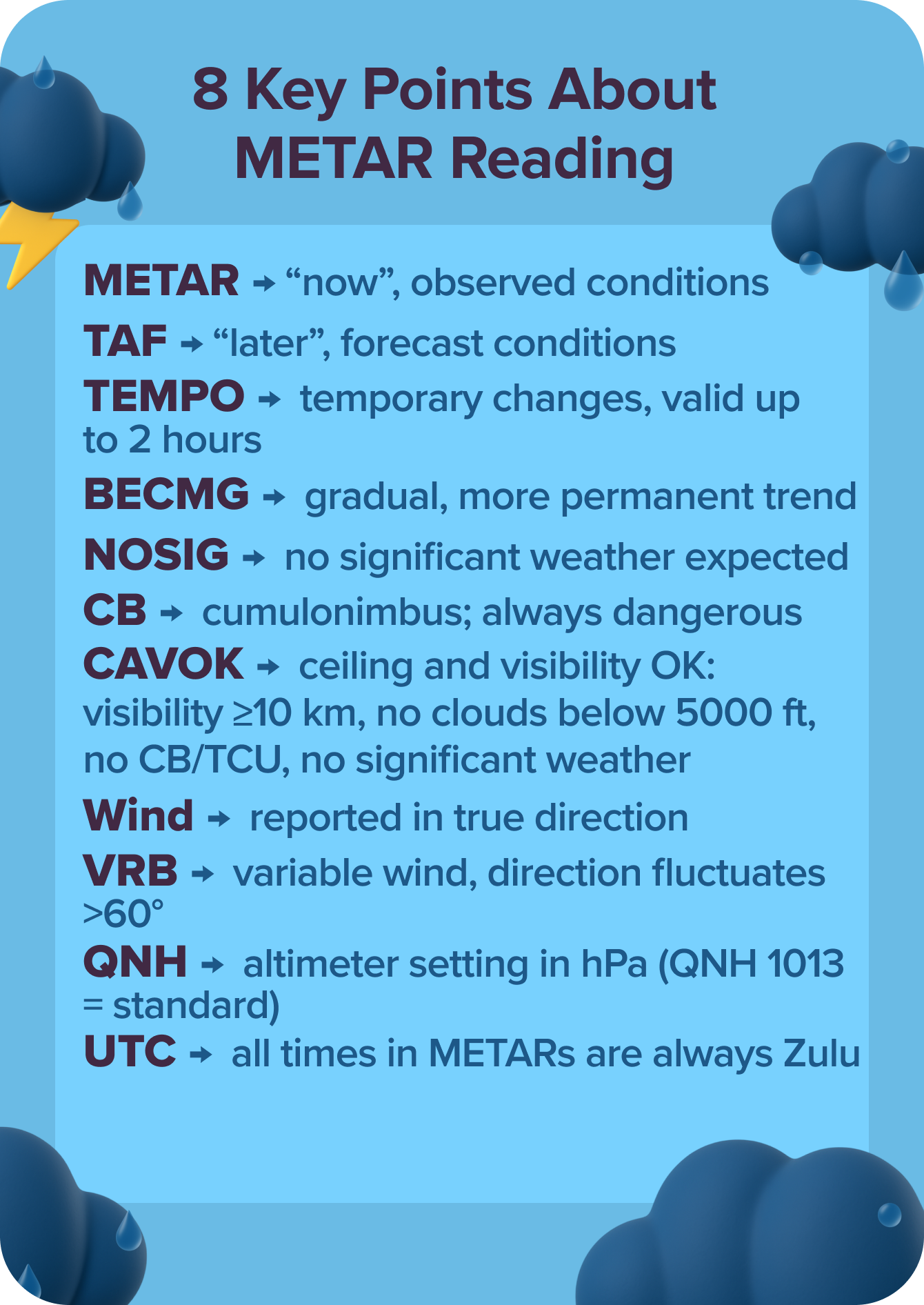
Tips for Reading METARs
Reading METARs quickly and accurately is a skill you’ll use every day as a pilot. Here are some pro tips to make the process easier:
Scan the key items first – Wind, visibility, ceiling, and temperature/dew point spread. These are the elements most likely to affect your go/no-go decision.
Look for “red flags” – Codes like WS (windshear), TS (thunderstorm), or very low visibility/ceiling values should immediately stand out.
Don’t ignore the trend group – A BECMG or TEMPO might mean conditions will improve or worsen just as you arrive. This part is often overlooked but critical.
Train your eyes for chunks – Break the METAR into its natural sections (time, wind, visibility, weather, clouds, temp/dew, QNH). With practice, your brain will recognize the structure instantly.
Cross-check with TAF – METAR gives you “now,” TAF gives you “later.” The two together provide the full weather picture.
Practice with real reports – Use live METARs from airports you know. It’s easier to visualize the weather and connect codes with reality.
Think operationally, not just academically – Don’t just decode “FG.” Ask yourself: What does this mean for my landing? What minima apply?
Airhead's Takeaway
At first glance, METARs look cryptic, like aviation’s secret language. But once you learn the structure and common codes, they become a powerful tool for decision-making. For ATPL exams, METAR decoding is a must-know skill. Expect both direct “decode this” questions and scenario-based ones where you apply minima rules.
Next step: Open your Airhead ATPL question bank and practise Meteorology questions.






